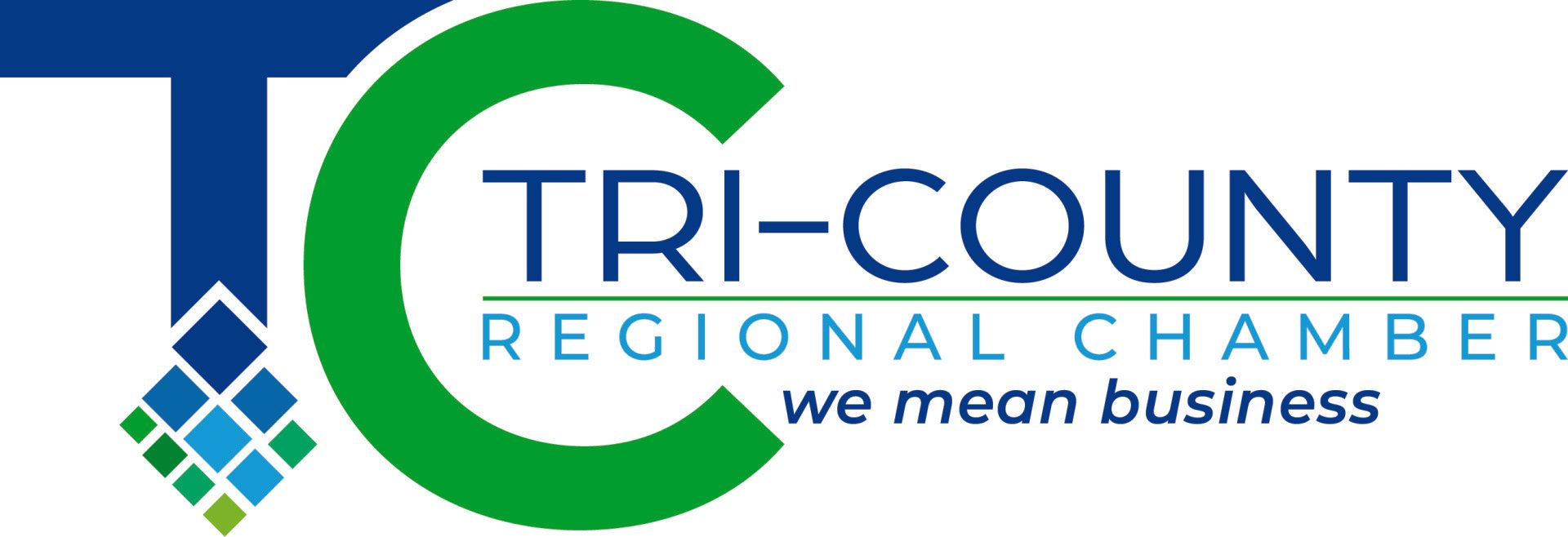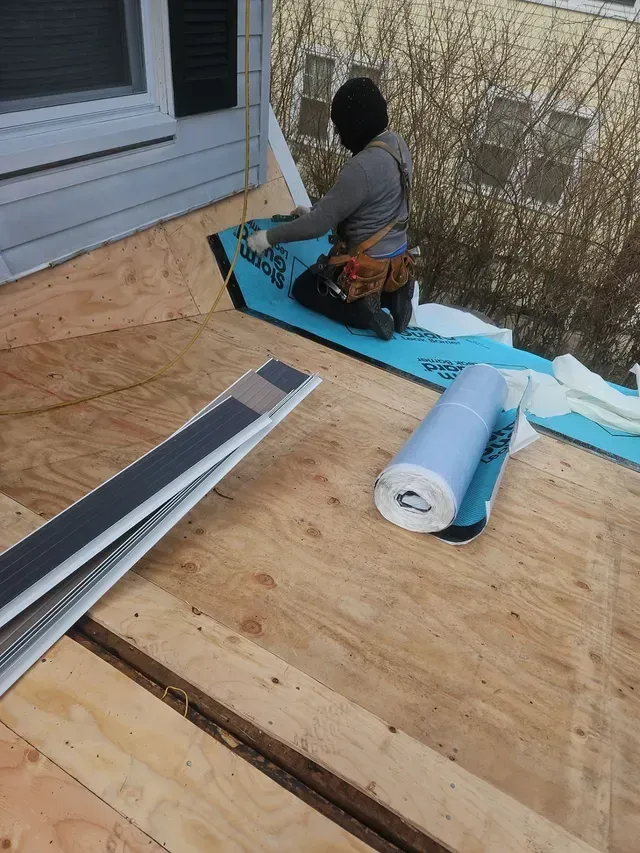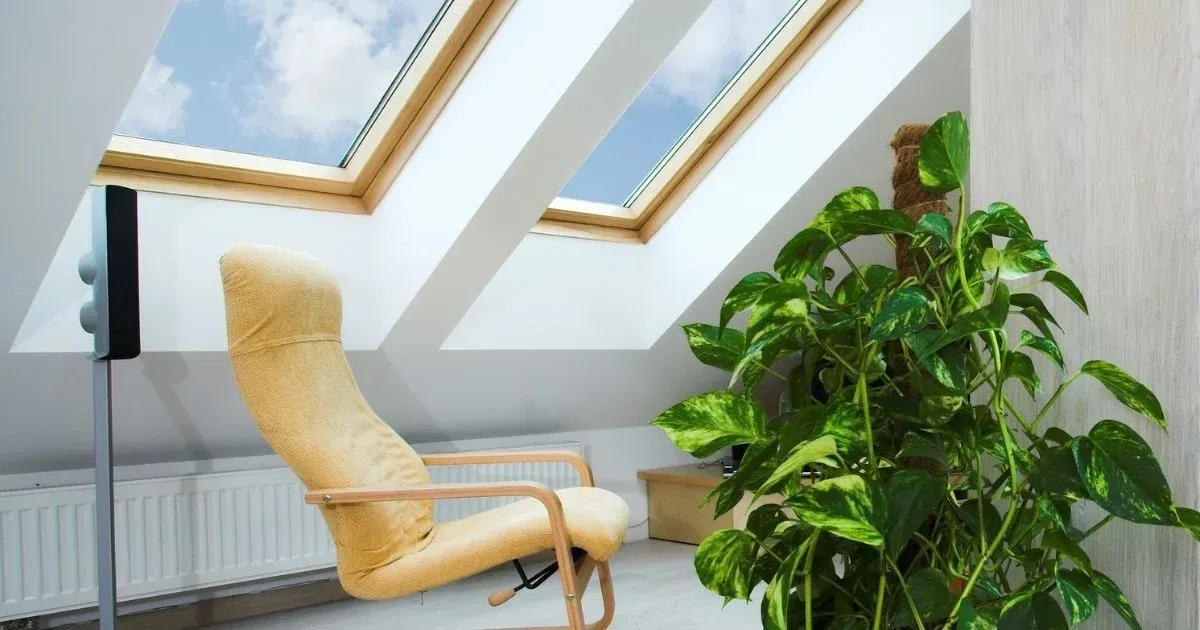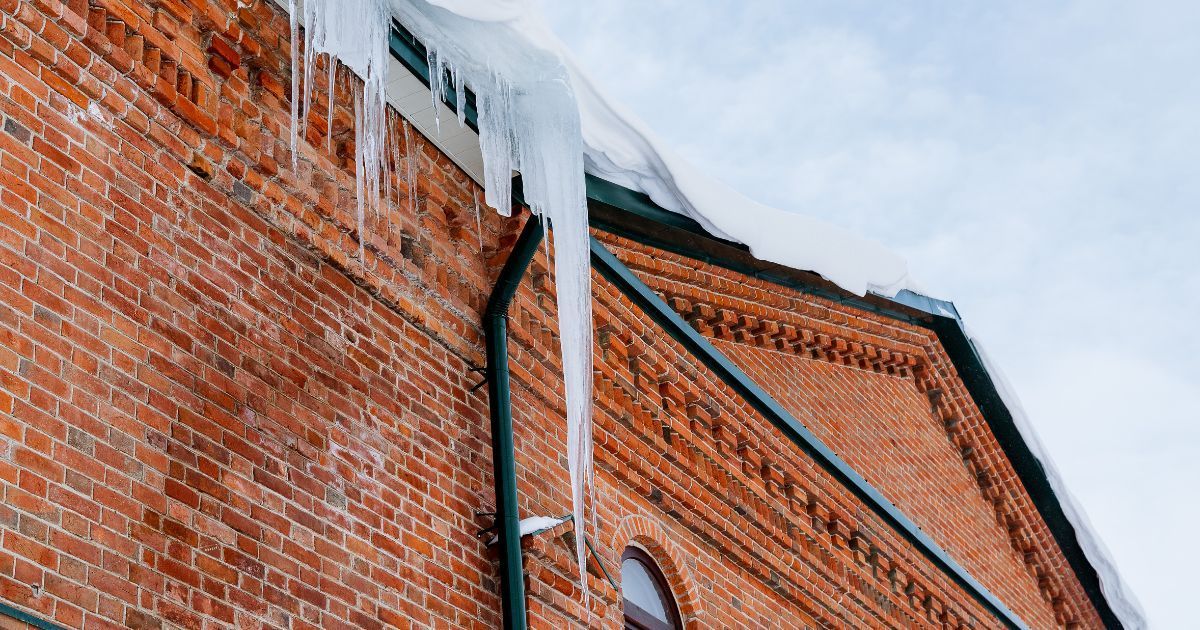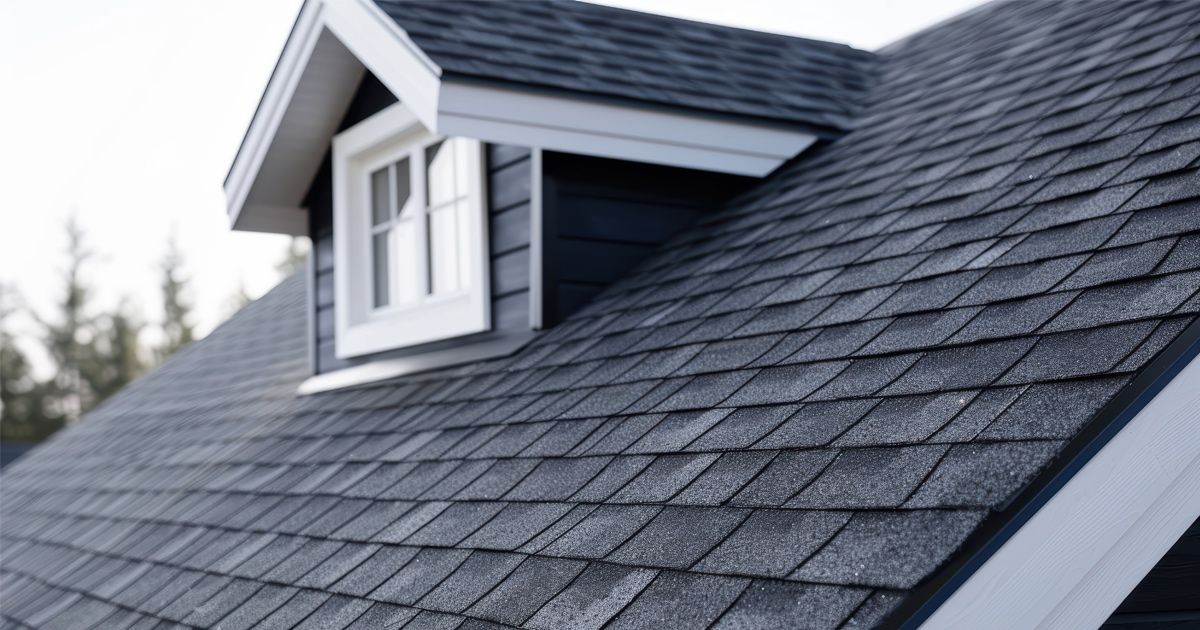Blogs
Understanding Roof Underlayment in Installation and Repair
Ever spotted a minor leak from your ceiling amid a downpour and pondered if it might escalate? Indeed, it can. A leaking roof may promote mold development, endangering your residence and well-being. This article explores the triggers, indicators, preventive measures, and remedies to keep you proactive.
- A leaking roof fosters mold by permitting water entry, resulting in health hazards, building deterioration, and expensive fixes.
- Typical triggers encompass harmed shingles, inadequate airflow, blocked drains, ice barriers, and ignored small problems.
- Look out for indicators such as moisture marks, dank smells, evident mold, or mysterious health issues.
- Prevention includes routine checks, adequate airflow, unobstructed drains, quick fixes, and loft oversight.
- Should mold emerge, handle minor spots personally but summon experts for extensive cases, and invariably resolve the leak origin.
- Professional services provide skilled assessments, restorations, and substitutions to shield homes from leaks and mold.
A leaking roof exceeds a trivial bother; it may cause grave problems like mold proliferation, jeopardizing your home's framework and family's wellness. We've observed how ignored roof leaks cultivate ideal settings for mold in various homes. Grasping the dangers and acting promptly can avert pricey restorations and health worries.
What Is Roof Underlayment?
Roof underlayment consists of a moisture-resistant or impermeable layer placed straight on the roof base prior to adding external roofing elements. It functions as an additional safeguard against severe weather, encompassing precipitation, gusts, snowfall, and intense heat. In addition to weather resistance, underlayment supplies thermal barrier, creates an even base for shingle placement, and aids in adhering to regional construction rules and producer guarantees.
Key Benefits of Roof Underlayment
- Protection Against Water InfiltrationUnderlayment blocks water from entering the roof base, defending the framework from seepage and humidity harm. It channels water off, upholding your roof's soundness.
- Ice Dam Protection in Cold ClimatesIn chillier areas, underlayment serves as a shield against ice dams—frozen edges that develop when snow thaws and refreezes, possibly allowing water to infiltrate the roof.
- Enhanced Energy EfficiencyThrough an additional insulating layer, underlayment assists in controlling interior climates, cutting warmth escape in cold seasons and warmth intake in warm ones, potentially reducing utility costs.
- Preservation of Decking MaterialsUnderlayment guards the roof base against sap that could ooze from specific timber varieties under heat exposure, sustaining the roof's build and visual quality.
- Secondary Defense Against StormsDuring severe conditions, underlayment offers reserve safeguarding if shingles get impaired or displaced, guaranteeing your dwelling stays protected from weather.
What Are the Types of Roof Underlayment?
There are three main varieties of underlayment, each offering distinct features:
- Felt Underlayment (Tar Paper): Crafted from natural or glass fiber bases infused with bitumen, this economical, classic choice delivers dependable moisture barrier.
- Rubberized Asphalt Underlayment: Formed from bitumen and elastic compounds, this variant yields excellent impermeability and adaptability, closing firmly around fasteners.
- Non-Bitumen Synthetic Underlayment: Produced from polyolefin or fiber blends, this light, sturdy selection withstands ultraviolet rays, mold expansion, and ripping, suiting it for bright or moist environments.
How to Choose the Right Underlayment?
Picking suitable underlayment hinges on various aspects:
- Climate: Intense rainfall or snow demands strong impermeability, whereas warm zones require UV-durable substances.
- Roofing Material: Bitumen tiles match nicely with felt underlayment, whereas metallic covers might gain from artificial alternatives.
- Roof Slope: Shallow inclines necessitate superior underlayment to avert water accumulation, while sharp inclines may employ basic choices.
- Local Building Codes: Alignment with area mandates secures protection and guarantee legitimacy.
- Budget: Balance upfront expenses with enduring strength and efficiency for economical worth across the roof's duration.
Proper Installation of Underlayment
Adhere to this procedure for accurate setup to optimize underlayment efficacy.
- Cleaning the roof deck to remove debris.
- Rolling out the underlayment horizontally, starting at the eaves and overlapping each layer by at least 2 inches.
- Securing it with plastic staples or nail caps every 18 inches.
Common underlayment installation mistakes to avoid:
- Inadequate fastening, leading to loose underlayment.
- Using regular staples or nails (making thousands of holes).
- Installing in extreme heat (causing sticking) or cold (causing brittleness).
- Overstretching, which can cause tearing.
Maintaining and Replacing Underlayment
Consistent upkeep prolongs your underlayment's lifespan. Examine your roof following harsh weather for damage signs, like seepages, rips, or absent tiles. Small problems can be mended with sealing compound, but monitor for these cues that substitution is required:
- Visible leaks or dampness in the attic.
- Curling, buckling, or missing shingles.
- Daylight visible through roof boards or sagging areas.
Substitution entails stripping old roofing elements, cleansing and reviewing the base, and fitting fresh underlayment. Based on substance grade and weather, underlayment generally endures 20–50 years with appropriate maintenance.
Why Underlayment Matters
Underlayment is the overlooked champion of your roofing setup, delivering vital safeguarding, thermal control, and conformity to construction norms. Prioritizing premium underlayment guarantees your roof endures weather challenges and functions ideally over time.
For professional roof setup and underlayment options, consult reliable experts.
